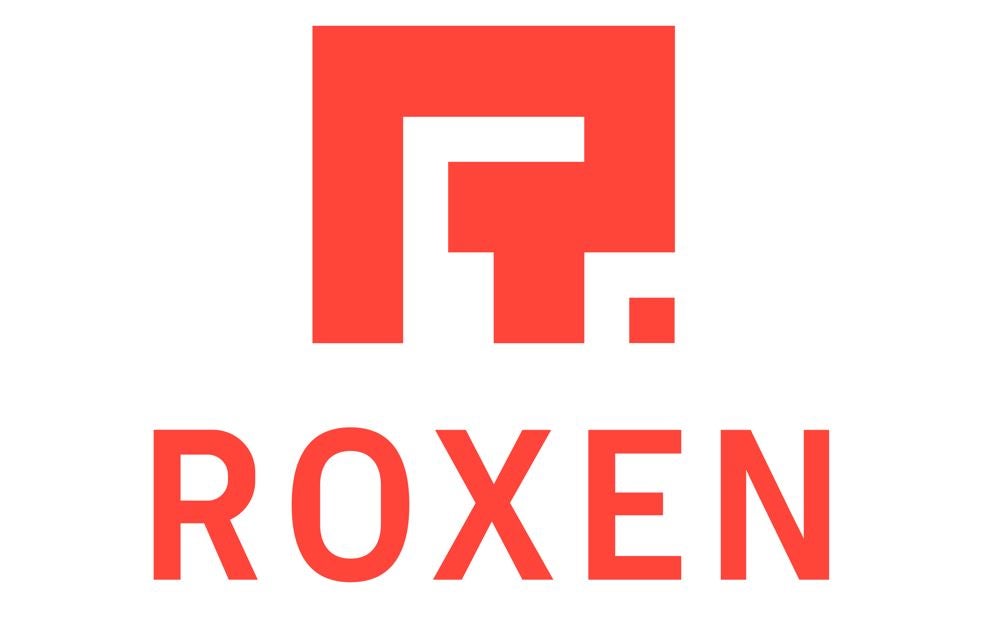
The decline among local newspapers in the U.S. accelerated so rapidly in 2023 that analysts now believe the country will have lost a third of the newspapers that existed in 2005 by the end of 2024.
The economic situation is taking its toll.
In January, the Los Angeles Times announced a 20% reduction in its editorial staff. It’s one of the most extensive layoffs in the newspaper’s history. And they are not alone. Established news providers such as CNN, NBC News and ABC News have faced similar fates. In total, more than 2,700 journalist jobs vanished in the US last year, according to the outplacement firm Challenger, Gray & Christmas. That’s the highest number since 2020. It’s a sad reality for those of us who value quality journalism.
At the same time, this is not new to us in the news industry. The rise of digitisation has pushed the printed newspaper from its given place.
Several also point to the role of social media in this, and how more and more people are turning to the platforms for both entertainment and news. But, and this should be alarming, there are no clear indications that a profitable and sustainable all-digital business can be created for traditional daily newspapers. Print advertising revenues cannot be transferred directly to the digital industry, and even reader revenues stagnate.
Unless the current perception that the digital transformation necessarily means the death of the paper is nuanced, it also risks becoming something of a self-fulfilling prophecy. This would not only mean removing an important component of the product mix that ultimately creates value but also risk lowering the value of each individual product.
What is missing today, however, is a discussion not only about how a mix of different formats offering quality journalism is essential, but how it should be packaged, delivered, and presented to best meet the needs and expectations of different readers, creating opportunity for long-term profitability.
There are still several examples of publishers continuing to invest also in their printed newspapers. Not just because they are staunch supporters of the paper as a product, but because they simply know that print creates unique conditions for profitability.
Philadelphia Inquirer invests in print
One example is The Philadelphia Inquirer, with whom we at Roxen have had the privilege to work. Last year, the newspaper launched a major redesign project, with comprehensive development of their printed newspaper. Partly to better meet readers’ needs and expectations and partly to be a platform for unique local quality journalism. The project is a significant investment in the newspaper as a carrier of everything that the brand stands for: proximity, quality, and good journalism on the residents’ side.
In other words, the management of media companies has identified that having a strong paper also strengthens and brings credibility to the digital product.
In the debate, it may sound as if media companies have completely given up on the printed newspaper. But what if the value of the paper has been underestimated?
The printed newspaper – most likely with a different frequency and in a different format – is what truly distinguishes traditional media companies from online-only outlets. So, the big question here is not only what will happen to quality journalism if media companies stop publishing their printed newspapers, but also how the same media companies then will manage to differentiate themselves? How will the credibility built up through decades of journalistic coverage live on when there are no longer any physical products to relate to and engage with?
Moreover, the credibility markers that have taken shape over the years and are now associated with newspapers are many more. It is about the interplay between articles and headlines, imagery, and layout. The craftsmanship required to create well-crafted stories has been crucial in building the considerable trust capital of newspapers. Can this be preserved in a fully digital context? Are the generic flows of news sites sufficient to understand the more significant concepts?
Paper needs new direction to complement digital
We may need to set a new direction for the paper, to better complement the digital flow. Perhaps we need to revitalise the e-paper and change our view of it as a necessary evil to something that improves reader experience and trust? Or maybe we need to find a completely different format for the paper, where instead of delivering yesterday’s news, it can be produced on fewer days of the week and then offer even more in-depth coverage for the reader to indulge in.
But by not even attempting to develop your physical products in line with the audience’s expectations and needs, you risk putting the products and their revenue in an early grave. So rather than completely exclude printed products from the equation, we should be more open to exploring new formats that meet both the changing conditions of media companies and the needs of the readership that still values print.
Otherwise, I strongly believe that we will not only lower these readers’ willingness to pay for this type of premium product but potentially also erode the value of other products in the segment, which have benefited from the credibility markers of the printed newspaper. That downward spiral would likely have devastating consequences for the journalistic craft. And that would be a real shame – for the industry, the readers and for society at large.
Email pged@pressgazette.co.uk to point out mistakes, provide story tips or send in a letter for publication on our "Letters Page" blog

